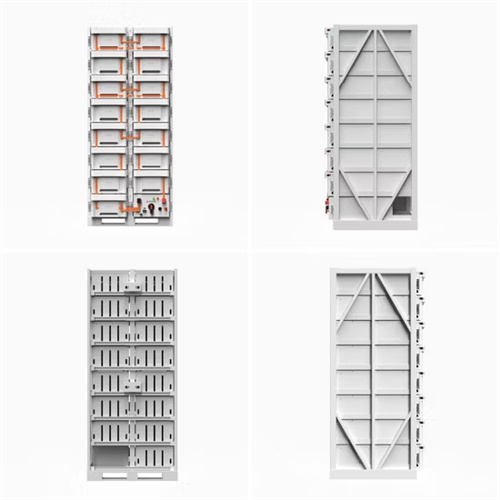CARBON REDUCTION

Solar photovoltaic panel voltage reduction
The easiest and safest way to reduce the voltage from a solar panel that is operating is to connect it to a step-down converter. These are also known as Buck Converters. A buck converter reduces the output of the solar panel — the energy flowing out of the solar panel — to match the input requirements of the battery or device.. . Do you need to know how many volts a solar panel can produce? A solar panel is not a single unit. It is many smaller units that work together. Those units are called photovoltaic cells, and solar panels come in a range of photovoltaic. . A 200-watt solar panel produces 18 volts of energy, which is an ideal solar panel size for charging a 12-volt battery or to power a device that is also 12 volts. If you need a solar panel that produced 24 volts, it would be in the 300-watt. . It gets a bit tricky if you want to measure the minimum voltage of a solar panel. Why so tricky? Well, many things impact how much energy a solar panel can make. Those include: 1. The. The easiest and safest way to reduce the voltage from a solar panel that is operating is to connect it to a step-down converter. These are also known as Buck Converters. [pdf]FAQS about Solar photovoltaic panel voltage reduction
Can you reduce solar panel voltage?
And that would cause problems. So can you reduce your solar panel voltage? The easiest way you can reduce your Solar Panel’s Voltage is by using either an MPPT Charge Controller or a Step-Down Converter (aka Buck Converter). Other solutions are to use resistors or modify the solar cells’ connections via the junction box.
How to reduce voltage fluctuation in PV power output?
For this purpose, this study utilizes measured PV power output data with a two-second resolution. Next, the voltage fluctuation mitigation potential of three different solutions is tested, namely: (i) active power curtailment, (ii) grid reinforcement and (iii) supercapacitors.
How can a photovoltaic solar system be optimized?
Recent optimization methods for a photovoltaic solar system. Implementation of efficient PV cooling, an additional solar panel can be proposed to increase the temperature of the water outlet, thereby increasing the overall output. It is seen that an increase of almost 7.3% can be obtained by the PCM.
Can a phase change material improve power output of solar PV?
This cooling system incorporates water as a coolant to reduce temperature losses and enhance efficiency. Huang et al. (2006) presented the procedures to increase the electrical efficiency and power output of solar PV by using a phase change material (PCM).
How can a PV inverter reduce energy consumption?
Coordination of EESSs and active and reactive powers of PV inverters through a combination of localised and distributed control methods can minimise the active power curtailment and prevent the overvoltage while reducing the energy storage need .
What is the theoretical voltage output of a solar panel?
Using the formula, we can calculate the theoretical voltage output of the panel: V (panel)=22 volts− (5 amps×0.5 ohms) V (panel)=22 volts−2.5 volts V (panel)=19.5 volts So, according to the calculation, the theoretical voltage output of the solar panel is 19.5 volts.